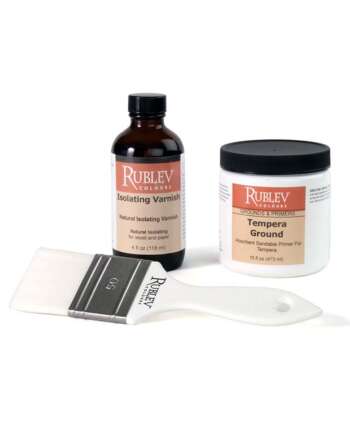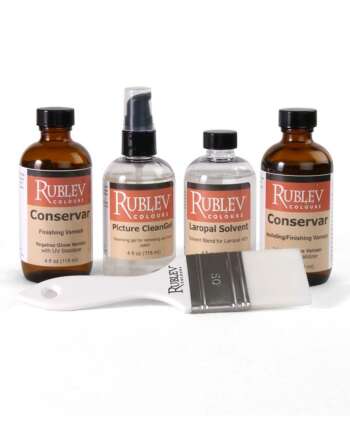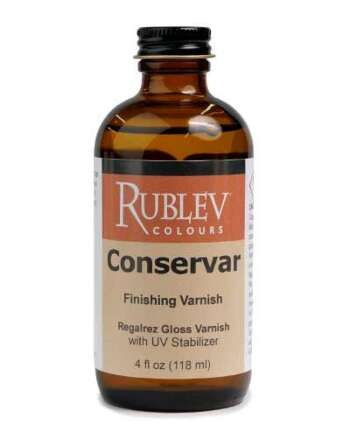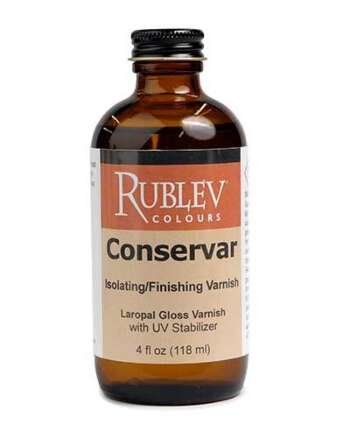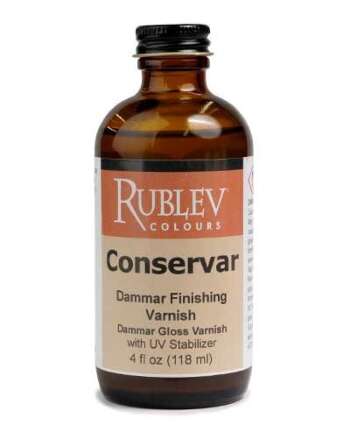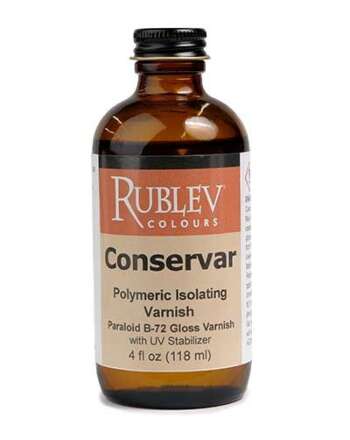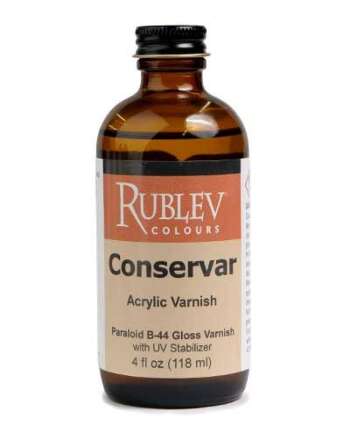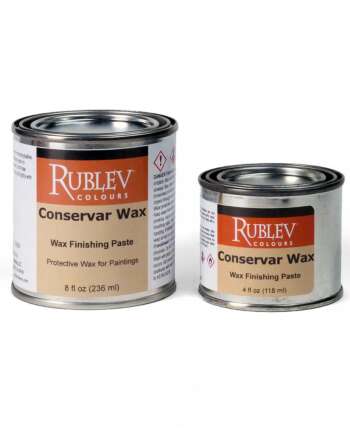How to Varnish Paintings
What is used to varnish paintings?
Traditional varnishes include natural resins—dammar and mastic dissolved in turpentine. These are being replaced today by synthetic resins that remain flexible longer and are less prone to yellowing. These newer resins also do not require polar solvents, such as alcohol or acetone, to remove them, allowing removal from a painting surface without greatly affecting the paint layers below.
How do you apply varnish after painting?
Varnishes can be applied by brushing or spraying. The most common practice is to apply a picture varnish with a wide but thin, soft hair brush. For oil paintings, it is recommended to wait at least six months before applying a varnish. A similar although smaller waiting period is recommended for egg tempera paintings before varnishing. Acrylic paintings can be varnished within one week after drying, but an isolating coat is recommended before applying the final varnish. The paint surface is first dusted using a soft hair brush to remove debris and dirt.
How many coats of varnish should you put on a painting?
Most pictures require only one thin coat of varnish. However, the number of coats needed depends on several factors, such as coverage, uniform sheen, and the condition of the painting. For example, two coats may be required if a painting has a blotchy appearance. An isolating coat may be necessary, as is the case for acrylic paintings and paintings with fragile paint layers.
Explore Videos on Varnishing Paintings
How to Varnish a Painting Like a Pro
A Guide to Varnishes
Indepth Articles about Varnishing
The age-old advice to wait at least six months before varnishing oil paintings is a good practice but one that many artists resist. And it is understandable why because when a painting is completed, it often needs to be delivered immediately for exhibit or into the customer’s hands. This article reviews the reasons for this advice and determines whether this is true or not...
An irregular sheen on an oil painting often produces a patchy gloss after applying the varnish. This article considers how to fix this on an existing painting and how to avoid it in the future. “Sinking in” is a common phenomenon among oil painters and is one of the most frequent issues encountered while teaching artists in my Painting Best Practices workshop. The causes of sinking in can be reduced to a few causes examined in this article...
An unvarnished painting is vulnerable to dirt and dust that will eventually become embedded in the paint. It is also subject to deterioration caused by ultraviolet light, oxidation, and abrasion from handling and transport. A varnish can protect the painting from dirt, ultraviolet light, and abrasion. Applying varnish to your painting is important to maintain its appearance and value. If you decide to apply a varnish to your painting, you must decide on the type of varnish, method of application, and desired final appearance. The following discussion can help you make the right choice for your artwork...


